Dan Whisenhunt was visibly moved when speaking of his former employer Steve Jobs in front of the Cupertino City Council.
“A little more than two years ago, Steve shared his excitement about this project,” said Whisenhunt, Apple’s director of real estate and facilities, his voice breaking slightly. “It’s a campus to inspire innovation and collaboration between some of the finest engineers in the world.”
Just 10 days after the anniversary of the co-founder’s death, the giant “spaceship” campus is closer to landing in the city of Cupertino, which has a population of just over 60,000.
Whisenhunt’s speech enlivened a meeting that dragged on over four-and-a-half-hours–much longer than usual, Mayor Orrin Mahoney said–where locals fretted over the minutia of every intersection that might tangle the already clogged Silicon Valley commute. In the end, the council unanimously voted to OK the project. It still has one more hurdle to clear before Apple can break ground.


![Compress A Bunch Of Files Into One Zip Archive For Easier Sharing [OS X Tips] Compress in Finder](https://www.cultofmac.com/wp-content/uploads/2013/10/Compress-in-Finder.jpg)

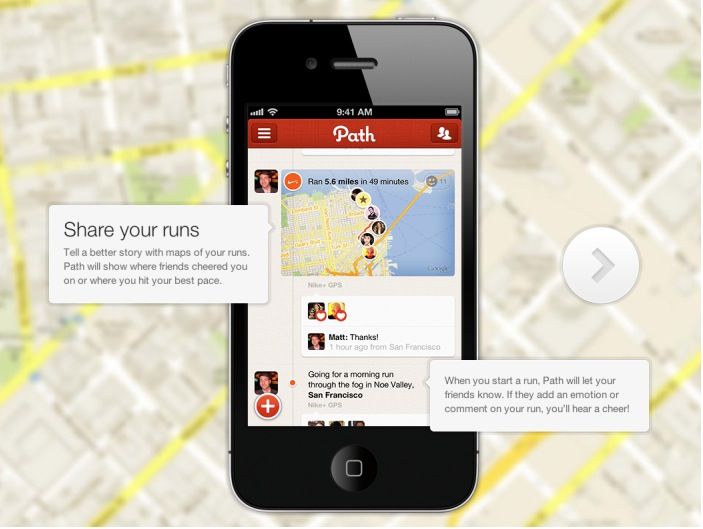
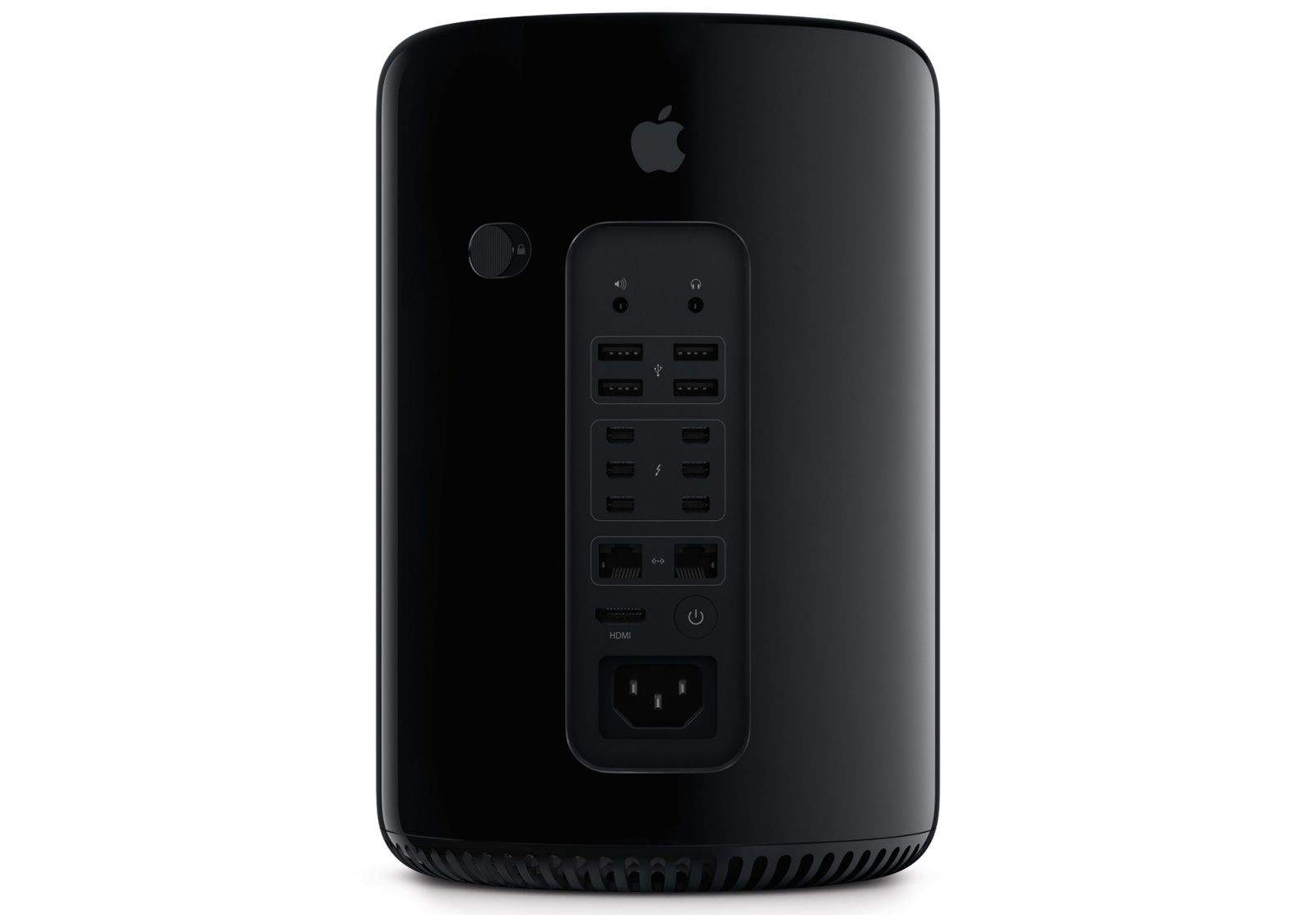
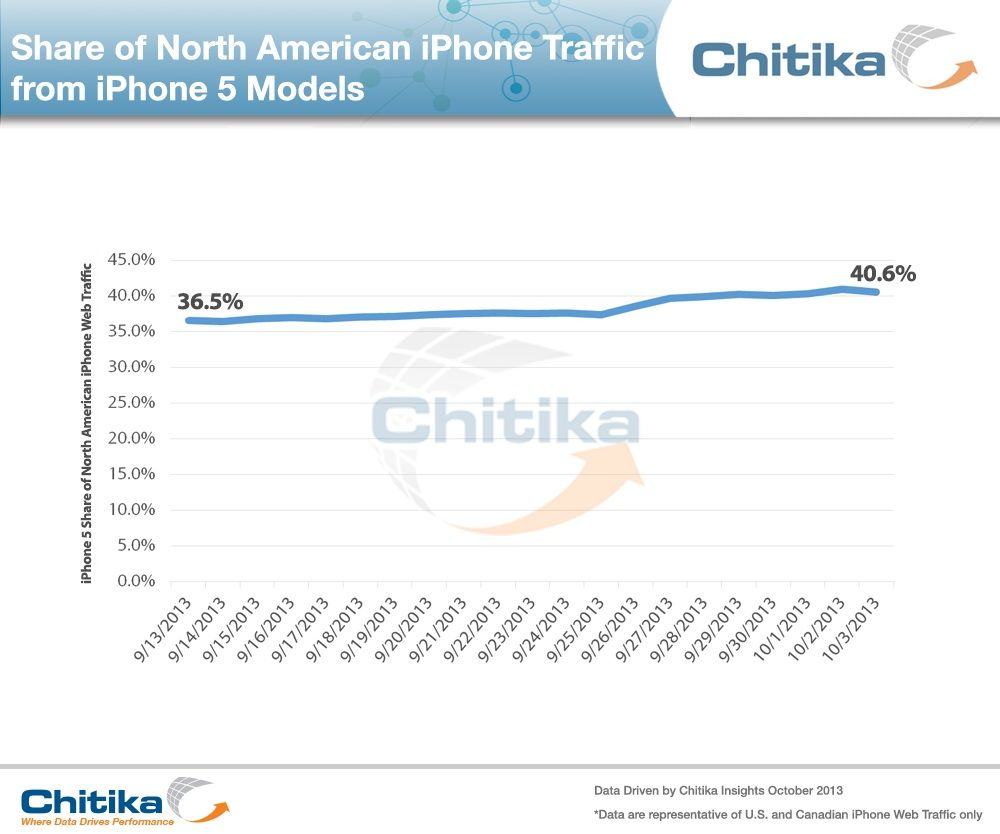
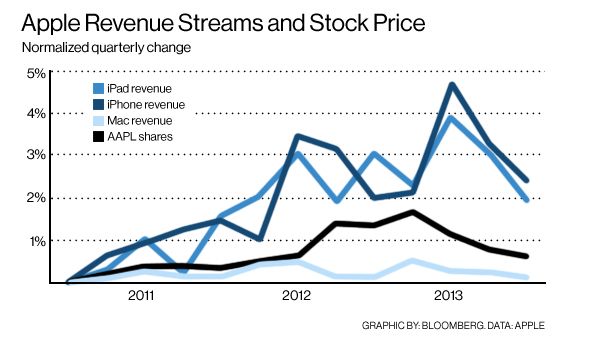
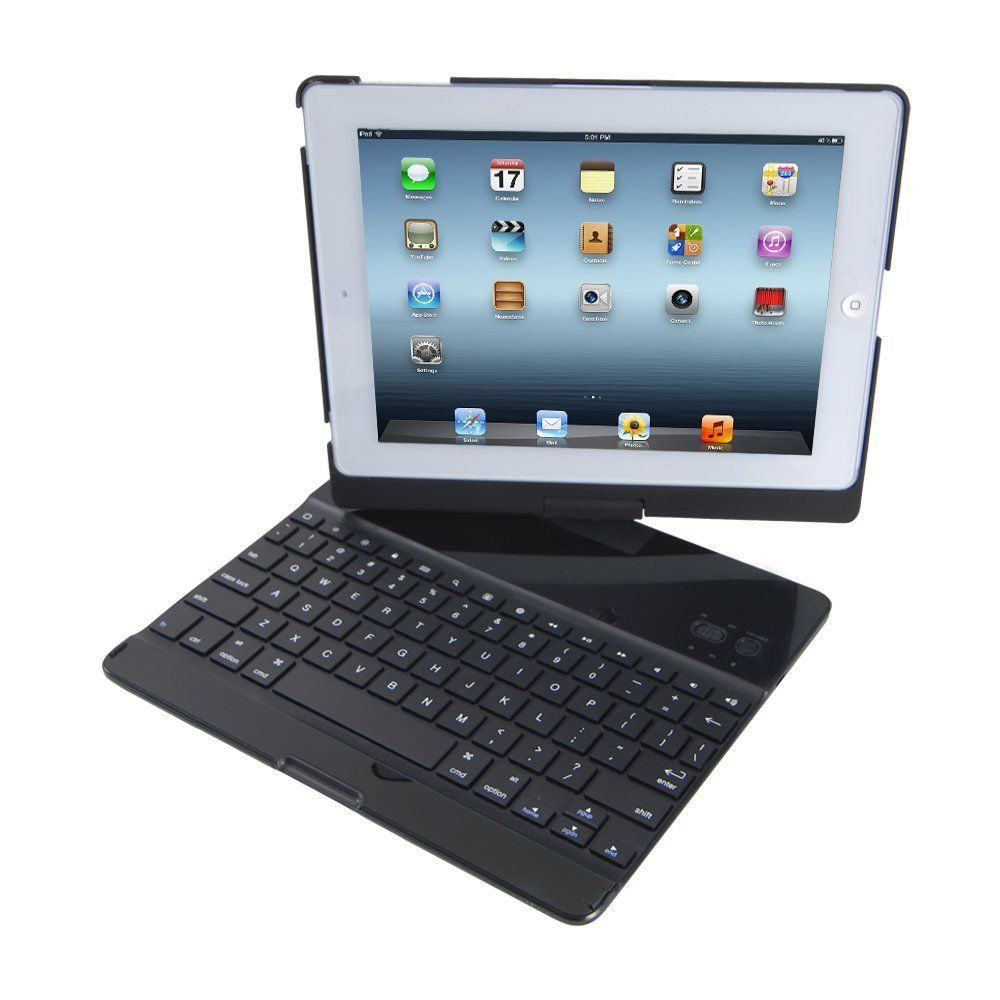
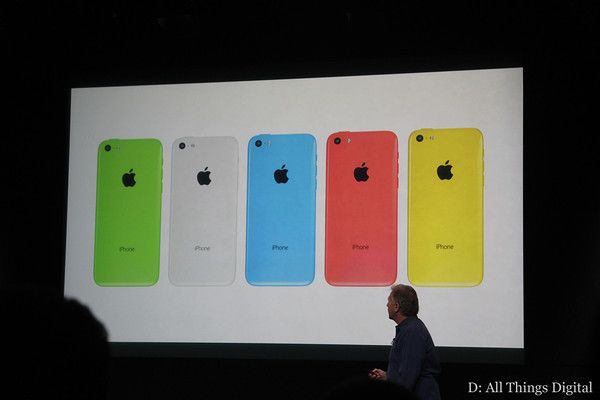




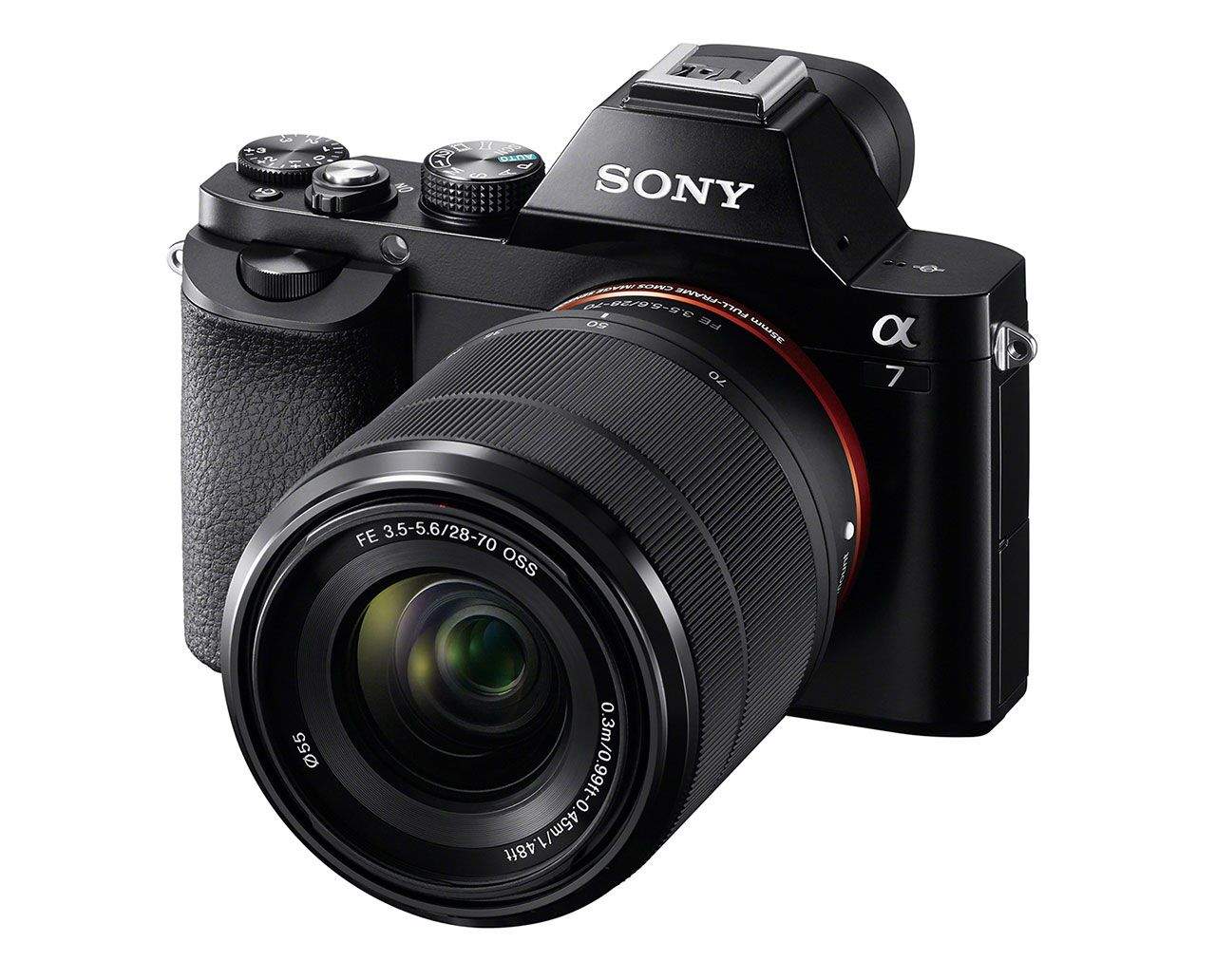

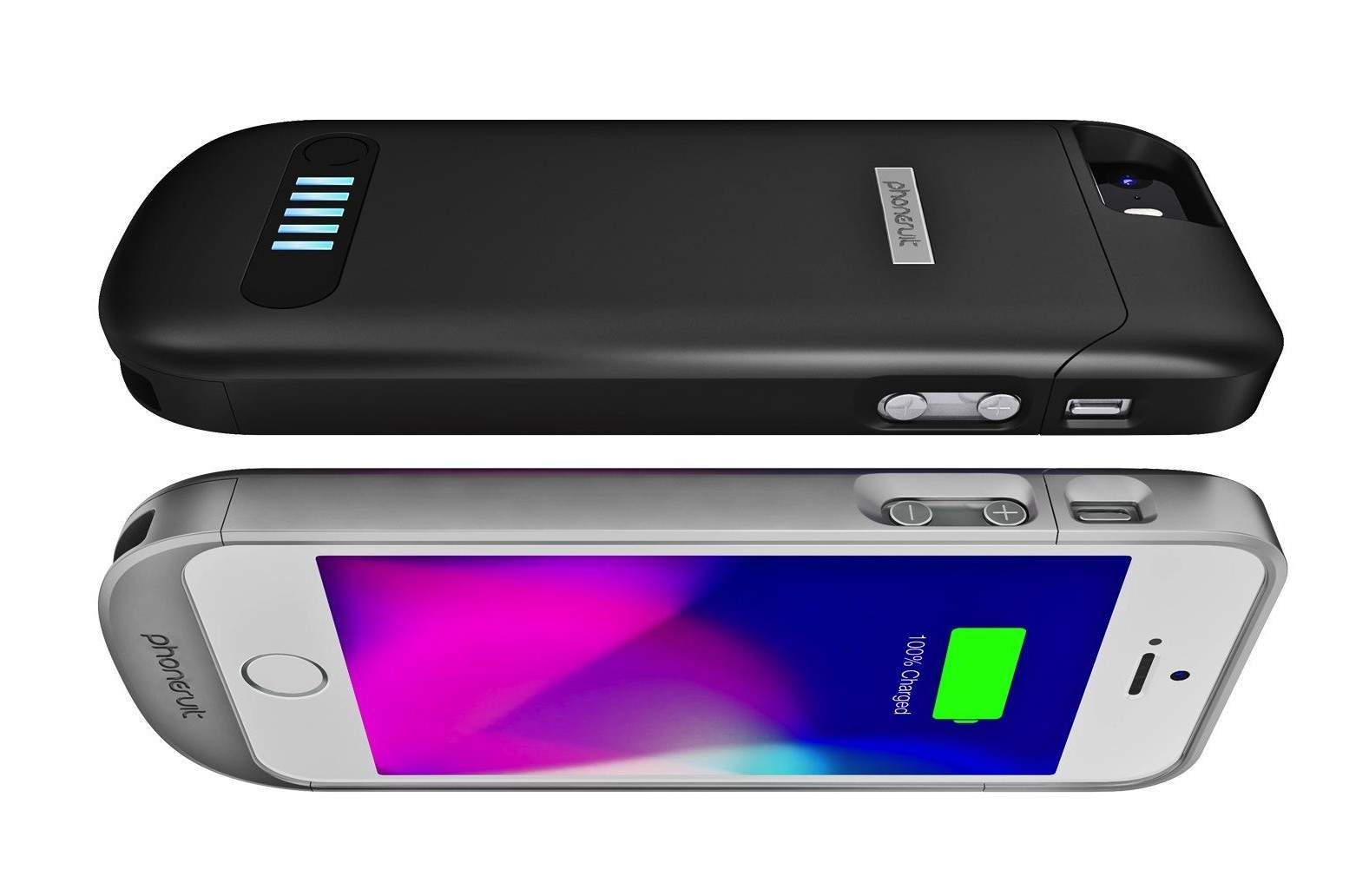
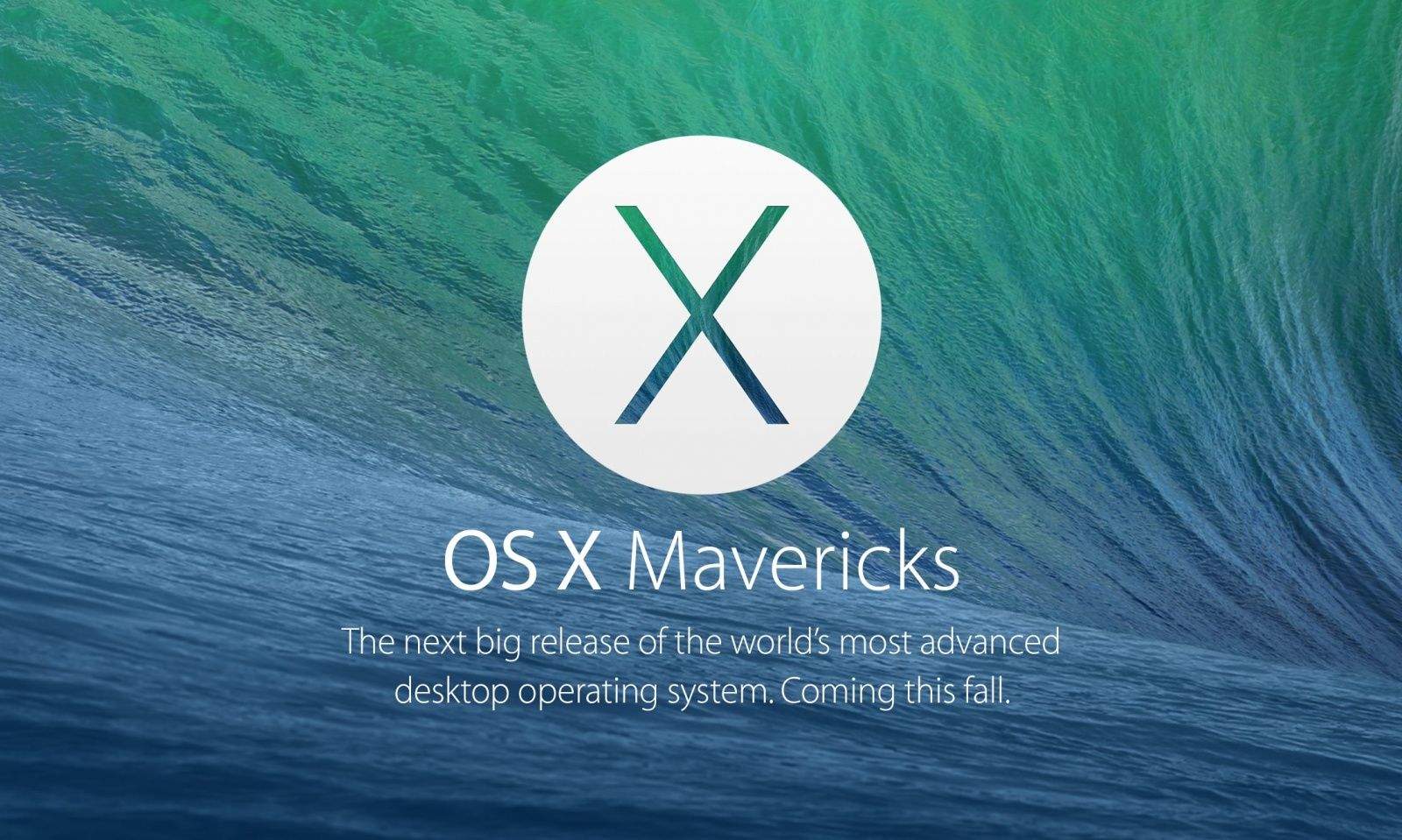
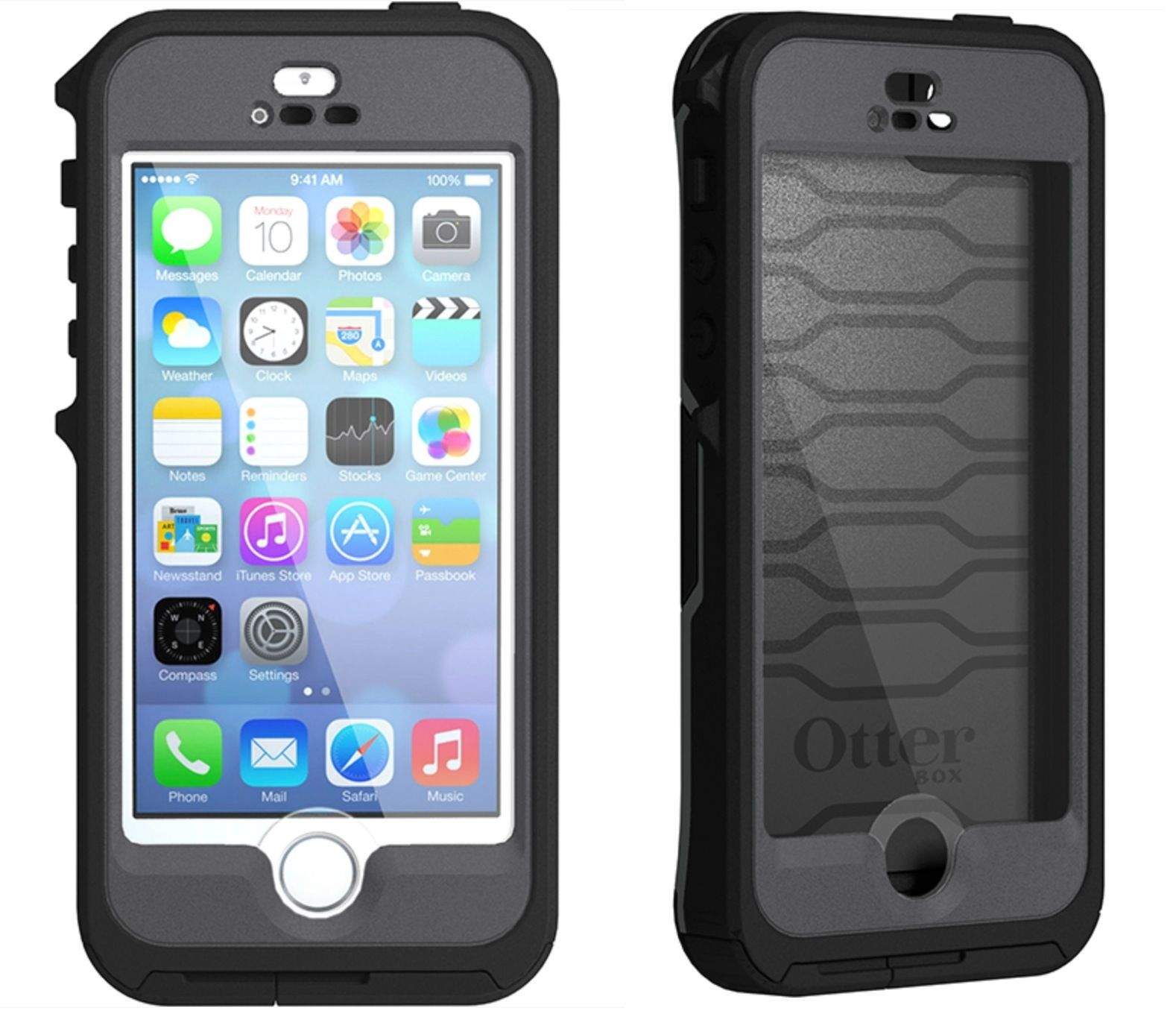

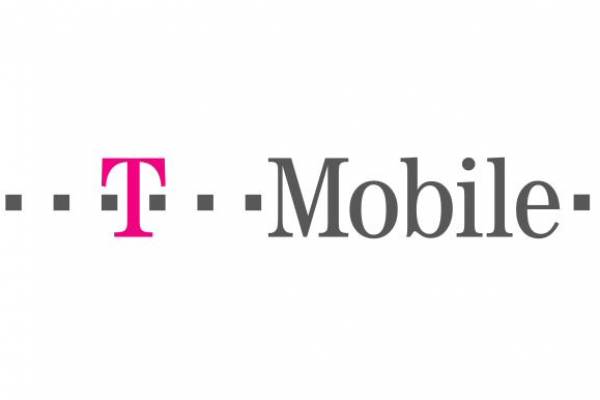
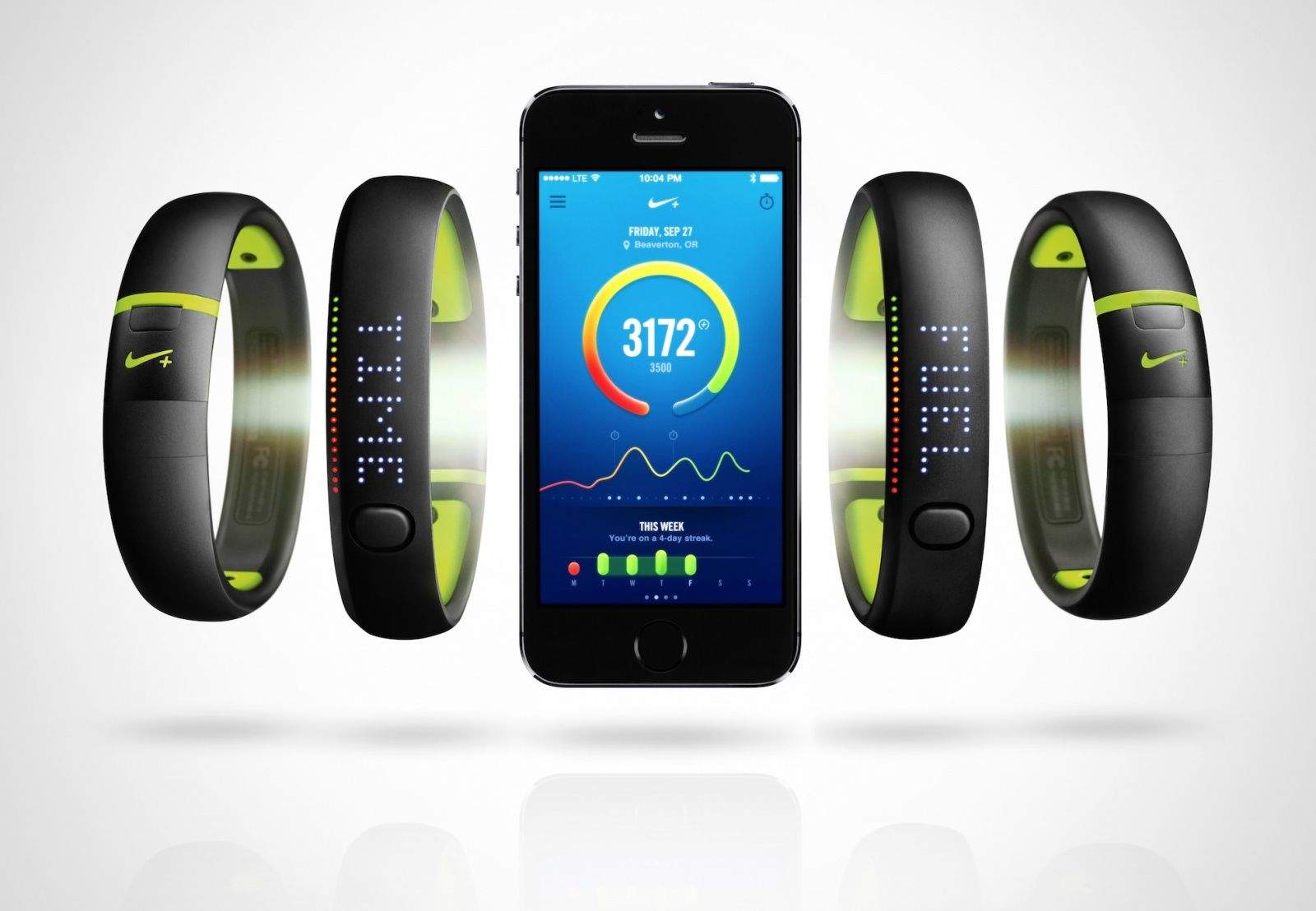
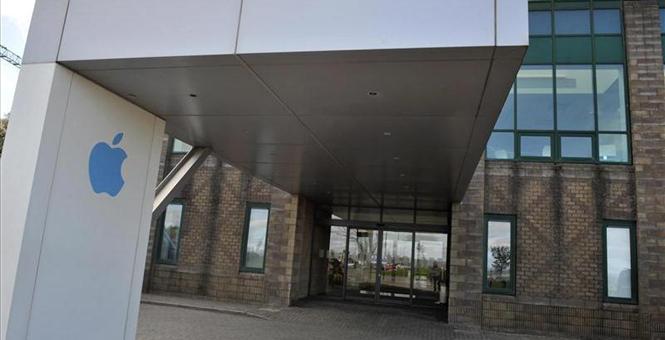
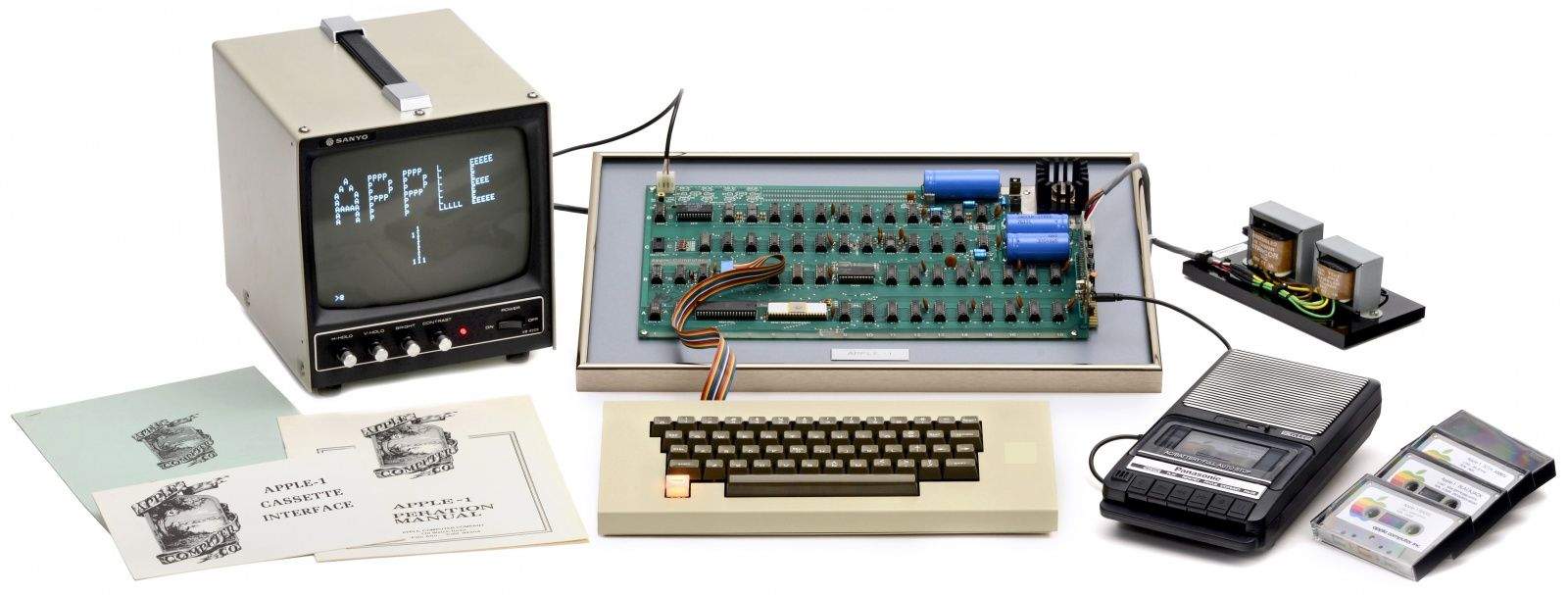
![Nakama Has The Cutest Cloud-Riding Ninja You Ever Did See [Review] Nakama start](https://www.cultofmac.com/wp-content/uploads/2013/10/Nakama-start.jpg)
![Conan Gets Called Out By Fan For Trying To Install iOS 7 On His iPhone 3GS [Video] iPhone3GCOB](https://www.cultofmac.com/wp-content/uploads/2013/10/iPhone3GCOB.jpg)